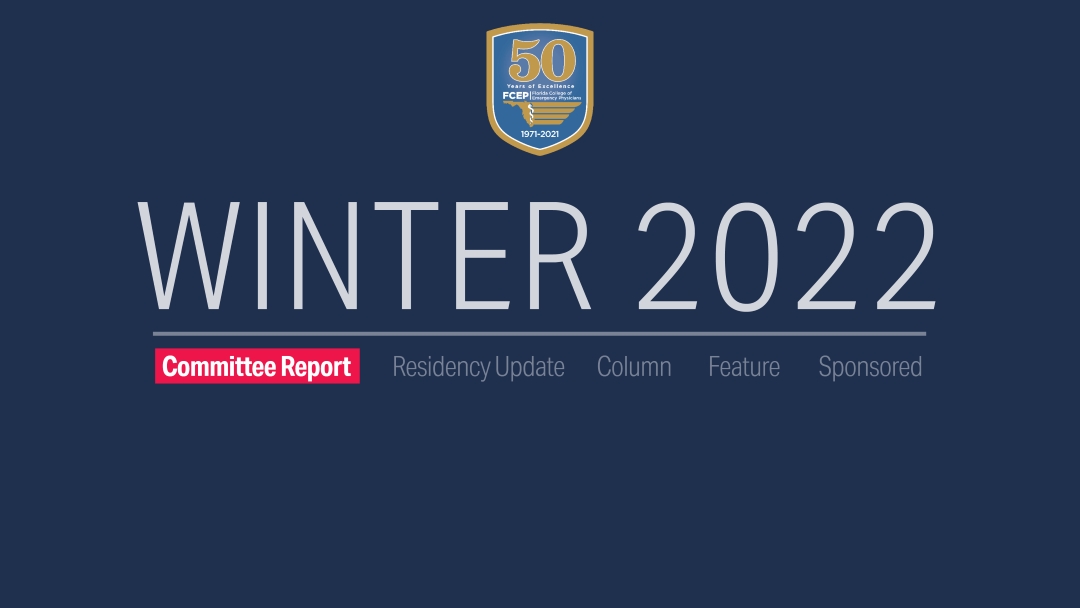Loperamide: The Poor Man’s Methadone
What is loperamide and how does it work?
Loperamide is an antidiarrheal agent that is available over-the-counter (OTC). It was first introduced in 1977 as a Schedule V prescription due to concerns for potential misuse and abuse. By 1982, loperamide lost its legend drug status and was placed on OTC status, no longer requiring a prescription. [1] This radical change was catalyzed by studies showing loperamide had a low risk of physical dependence and abuse. [2,3]
Loperamide exerts its antidiarrheal effects through µ-opioid agonism that results in inhibition of intestinal peristalsis, thereby increasing gastrointestinal transit time. At high doses, loperamide inhibits sodium, potassium and calcium channels. [4] The recommended daily maximum dose is 16 mg for the indication of diarrhea treatment. [4] In the setting of CYP inhibitors, like azole antifungals or p-glycoprotein inhibitors like atorvastatin, the plasma concentration can increase by 2- and 4-fold, respectively. [5]
Why is loperamide abused?
According to the American Association of Poison Control Centers 2019 Annual Report, there were 1310 documented exposures to loperamide resulting in six deaths. [6] Loperamide was previously thought to have a low potential for abuse due to its low bioavailability at just 0.3% and poor penetration through the blood brain barrier. [7] However, recent literature shows that, at high doses, usually 200 mg or greater, loperamide is sufficient in relieving opioid withdrawal effects and producing euphoric effects. [5,7,8] Loperamide is inexpensive, readily available and seemingly innocuous, which makes it the perfect substance of abuse or treatment for withdrawal symptoms. Surprisingly, the sale of loperamide is not regulated like other OTC substances that have the potential for misuse or abuse, such as pseudoephedrine. As the cost of opioids increases and access decreases, many people are turning to other modalities to get high. The misuse of loperamide has been detailed in online forums since 2008. [9] Given the infinite nature of the internet, it is reasonable to think anyone can access information on how to abuse loperamide. [9,10]
What are the clinical effects associated with loperamide toxicity?
One obvious clinical effect of loperamide, even when taken at therapeutic doses, is constipation; however this can give rise to more serious effects such as paralytic ileus, toxic megacolon and bowel obstruction when used at very high doses. [4] In addition to gastrointestinal effects, life-threatening cardiac dysrhythmias, such as ventricular fibrillation, may result from loperamide toxicity. Loperamide has many structural similarities to methadone in that it has multiple phenyl rings. Due to this similarity, loperamide, like methadone, can cause prolongation of the QT interval leading to the production of ventricular dysrhythmias. [11] The mechanism behind loperamide-induced conduction abnormalities is poorly understood, but it is postulated it is due to the blockade of the human ether-go-go (hERG) potassium channel. [7, 11] Inappropriate function of these channels affects ventricular repolarization and leads to a prolonged relative refractory period of the cardiac myocytes, resulting in a prolonged QT interval. [11] Similar to opioids, loperamide toxicity can also cause central nervous system depression and respiratory depression, but these effects only occur when very high doses of loperamide are used because it does not readily cross the blood brain barrier. [1,4]
What are the treatment modalities for loperamide toxicity?
The management of loperamide toxicity is largely supportive care. Since loperamide acts on the opioid receptor, naloxone can be used to reverse respiratory depression and continuous infusions may be needed to maintain adequate respirations due to its long duration of action. ACLS protocol should be followed with loperamide-associated ventricular dysrhythmias. Amiodarone or transvenous pacing are options for patients with recurrent dysrhythmias. [12] After assessment of the patient’s airway, breathing and circulation, if the ingestion occurred recently, a dose of activated charcoal may be administered if there is no aspiration risk. Electrolyte abnormalities in potassium, calcium and magnesium, should be corrected to further prevent QT prolongation. Although the efficacy of IV sodium bicarbonate is unknown for loperamide induced QRS widening, [12] it is reasonable to bolus 1-2 mEq/kg if QRS widening is found on ECG. However, it should be noted that administration of sodium bicarbonate potentially causes hypokalemia and may worsen QT prolongation. In patients with persistent cardiovascular collapse not responding to standard treatment measures, extracorporeal membrane oxygenation, if accessible, or IV lipid emulsion may be considered. In addition, case reports have shown success with isoproterenol infusions used as an adjunct in treating loperamide-induced Torsades de Pointes where standard antiarrhythmic agents were ineffective. [4,13]
When managing a suspected loperamide toxicity, healthcare professionals at the Florida Poison Information Center Network are available at 1-800-222-1222 to answer questions concerning, or assist in the management of, this or any other toxic exposures. ■
References:
- Wu PE, Juurlink DN. Clinical Review: Loperamide Toxicity. Ann Emerg Med. 2017 Aug;70(2):245-252.
- Jaffe JH, Kanzler M, Green J. Abuse potential of loperamide. Clin Pharmacol Ther. 1980;28:812-819.
- Korey A, Zilm DH, Sellers EM. Dependence liability of two antidiarrheals, nufenoxole and loperamide. Clin Pharmacol Ther. 1980;27:659-664.
- Loperamide. In: IBM Micromedex POISINDEX (electronic version). IBM Watson Health, Greenwood Village, Colorado, USA. Available at: www.micromedexsolutions.com/ (cited: November 23, 2021).
- EMDOCS. emDOCs.net – Emergency Medicine EducationTOXCard: Loperamide Toxicity – emDOCs.net – Emergency Medicine Education. Accessed November 16, 2021.
- Gummin DD, Mowry JB, Beuhler MC, Spyker DA, Brooks DE, Dibert KW, Rivers LJ, Pham NPT, Ryan ML. 2019 Annual Report of the American Association of Poison Control Centers’ National Poison Data System (NPDS): 37th Annual Report. Clin Toxicol (Phila). 2020 Dec;58(12):1360-1541.
- O’Connell CW, Schricker AA, Schneir AB, Metushi IG, Birgersdotter-Green U, Minns AB. High-dose loperamide abuse-associated ventricular arrhythmias. HeartRhythm Case Rep. 2016;2(3):232-236.
- Daniulaityte R., Carlson R., Falck R., Cameron D., Perera S., Chen L., Sheth A. “I just wanted to tell you that loperamide WILL WORK”: a web-based study of extra-medical use of loperamide. Drug Alcohol Depend. 2013;130(1):241–244.
- Lasoff DR, Schneir A. Ventricular Dysrhythmias from Loperamide Misuse. J Emerg Med. 2016 Mar;50(3):508-9.
- One more word. One more word about getting high with loperamide (Immodium) | Bluelight.org. Accessed November 16, 2021.
- Salama A, Levin Y, Jha P, Alweis R. Ventricular fibrillation due to overdose of loperamide, the “poor man’s methadone”. J Community Hosp Intern Med Perspect. 2017;7(4):222-226. Published 2017 Sep 19.
- Eggleston W, Palmer R, Dubé P, Thornton S, Stolbach A, Calello DP & Marraffa JM. Loperamide toxicity: recommendations for patient monitoring and management. Clin Toxicol. 2020;58(5): 355-359.
- Katz KD, Cannon RD, Cook MD, Amaducci A, Day R, Enyart J, Burket G, Porter L, Roach T, Janssen J, Williams KE. Loperamide-Induced Torsades de Pointes: A Case Series. J Emerg Med. 2017 Sep;53(3):339-344.
This article is part of the following sections:










